Variations Jahangiri or Imarti Serving temperature Hot | ||
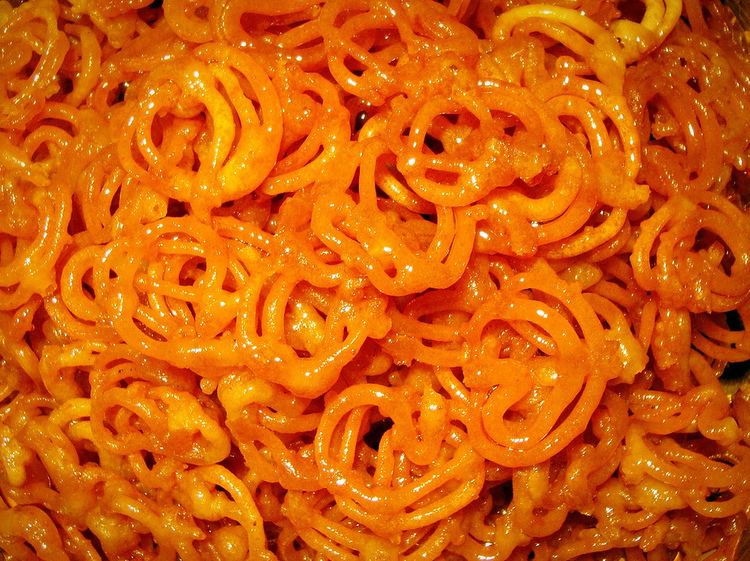 | ||
Alternative names Jilbi, Jilipi, Jhilapi, Jilapi (Bengali), Zelapi, Jilapir Pak, Jilebi (India), Jilawii, Zilafi (Sylheti), Zoolbia (Middle East), Jeri (Nepal), Z'labia (Tunisia) Mushabakh (Ethiopia) Region or state South Asia, Middle East, North Africa, East Africa Region Philippines, South Asia, Middle East, East Africa Main ingredients Maida flour, Saffron, Ghee, Sugar Similar Dessert, Laddu, Gulab jamun, Rasgulla, Bamiyeh | ||
Indian sweet jalebi recipe homemade indian recipes indian sweet hindi
Jalebi, also known as Zulbia, is a sweet popular in countries of South Asia, West Asia, North Africa, and East Africa. It is made by deep-frying maida flour (Plain flour or All-purpose flour) batter in pretzel or circular shapes, which are then soaked in sugar syrup. They are particularly popular in the Indian subcontinent.
Contents
- Indian sweet jalebi recipe homemade indian recipes indian sweet hindi
- Jalebi indian sweet dish seema s smart kitchen
- Names
- History
- Geographic distribution
- Zlebia Maghreb
- Zalbiya
- Pani Walalu Sri Lanka
- In popular culture
- References
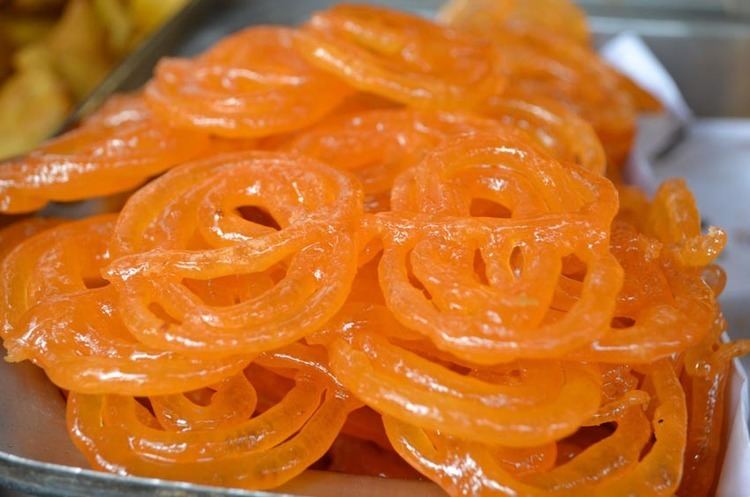
The sweets are served warm or cold. They have a somewhat chewy texture with a crystallized sugary exterior coating. Citric acid or lime juice is sometimes added to the syrup, as well as rose water. Jalebi is eaten with curd, rabri (North India) along with optional other flavours such as kewra (scented water).
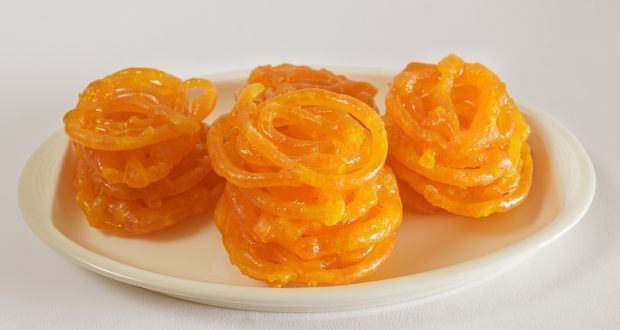
This dish is not to be confused with similar sweets and variants like imarti and chhena jalebi.
Jalebi indian sweet dish seema s smart kitchen
Names
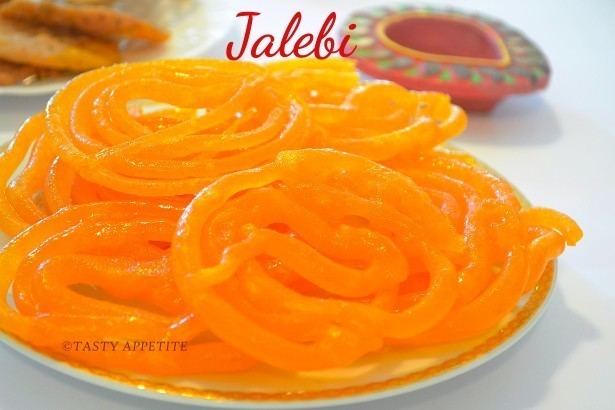
Names for the dish include Hindi: जलेबी; Sanskrit: सुधा-कुण्डलिका, Marathi: जिलबी Bengali: জিলাপি; Gujarati: જલેબી; Kannada: ಜಿಲೇಬಿ; Malayalam: ജിലേബി; Odia: ଝିଲାପି; Punjabi: ਜਲੇਬੀ; Tamil: ஜிலேபி; Telugu: జిలేబి; Sinhala: පැණි වළලු; Sylheti: জিলাফি Zilafi; Sindhi: جلیبی; Urdu: جلیبی; Azerbaijani: zülbiyə (South Azerbaijani: زۆلبیه); Pashto: jalebī; Pashto: ځلوبۍ źəlobəi; Persian: زولبیا zulbia; Lurish: زلهیبی zuleybi; Arabic: zalābiyah or zalebi; Somali: Mushabbak, Egyptian Arabic: مِشَبٍك Meshabek, Tunisian Arabic: Zlebia); Tagalog: Jalebie; Harari language: ሙሻበኽ Mushabakh.
History
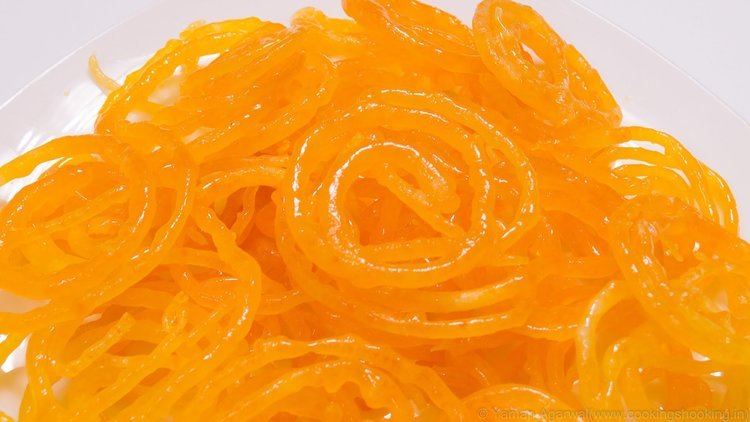
Jalebi is believed to be derived from a similar dish of West Asia. According to Hobson-Jobson, the word jalebi is derived from the word Arabic zulabiya or the Persian zalibiya, the name for a similar dish. In Christian communities in West Asia, it is served on the Feast of the Theophany (Epiphany), often with dry sugar and cinnamon or confectioners sugar. In Iran, where it is known as zulabiya, the sweet was traditionally given to the poor during Ramadan. A 10th century cookbook gives several recipes for zulubiya. There are several 13th century recipes of the sweet, the most accepted being mentioned in a cookbook by Muhammad bin Hasan al-Baghdadi.
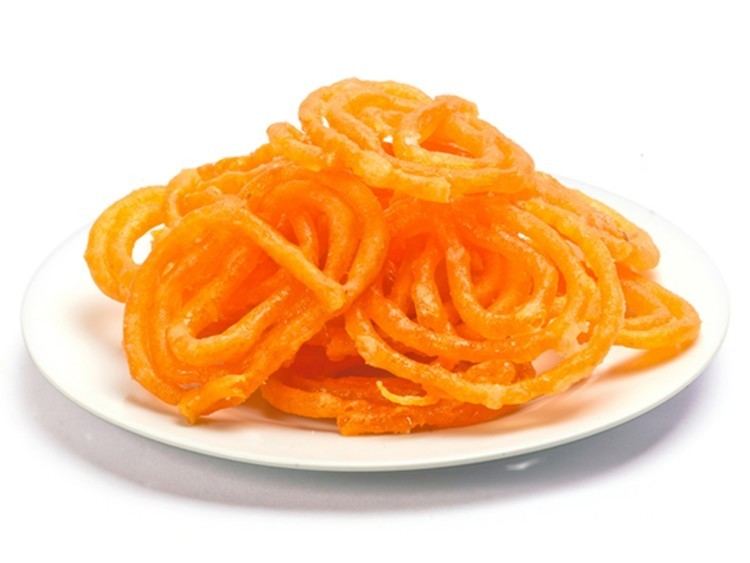
The dish was brought to Medieval India by Persian-speaking invaders. In 15th century India, jalebi was known as Kundalika or Jalavallika. Priyamkarnrpakatha, a work by the Jain author Jinasura, composed around 1450 CE, mentions jalebi in the context of a dinner held by a rich merchant. Gunyagunabodhini, another Sanskrit work dating before 1600 CE, lists the ingredients and recipe of the dish; these are identical to the ones used to prepare the modern jalebi.
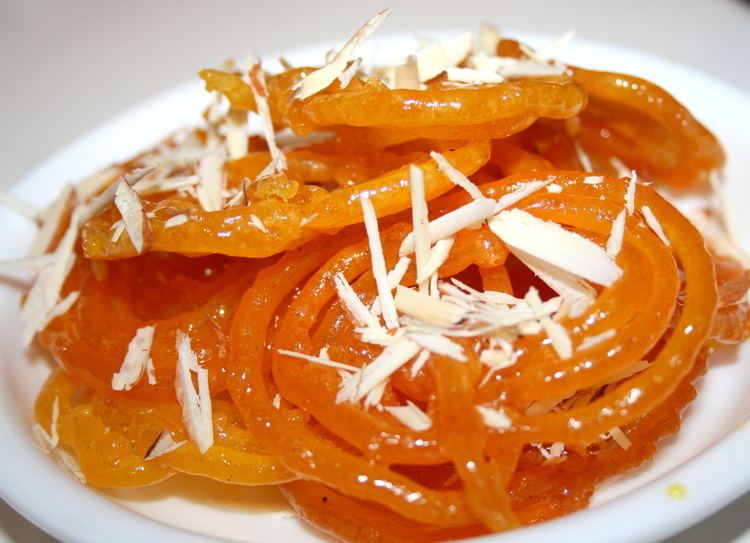
Ernest A Hamwi, a Syrian immigrant to the United States, is believed to have used the Persian version zalabia as an early ice cream cone.
Geographic distribution
In Iran it is known as zulabiā (زولبیا) in Persian and in addition to being sweetened with honey and sugar is also flavoured with saffron and rose water.
In the Levant and other Middle Eastern countries, it is known as "zalabia" (زلابية) (sometimes spelt "zalabiya"). In the Maldives, it is known by the name "zilēbi".
This sweet is called "jeri" in Nepal, a word derived from Jangiri and the Mughal Emperor Jahangir.
In Algeria, Libya and Tunisia, this sweet is known as zlebia or zlabia.
Zlebia (Maghreb)
Zlebia or zlabia (Maghrebi Arabic: زلابية) is a type of pastry eaten in parts of Northwest Africa, such as Algeria, Tunisia and Libya.
Natural ingredients include flour, yeast, yoghurt and sugar or honey. This is then mixed with water and commonly two seeds of cardamom (oil for the crackling).
Zalābiya
Zalābiya are fried dough foods, including types similar to straight doughnuts. These are found in and around Iran and the Arab countries of Yemen, Egypt, Syria, Lebanon, Iraq, Comoros and Algeria, as well as the rest of the Levant. They are made by a zalbāni. Zalābiya are made from a batter composed of eggs, flour and milk, and then cooked in oil.
Zalābiya mushabbaka are latticed fritters made in discs, balls and squares. They are dipped in clarified honey perfumed with rose water, musk and camphor. A recipe from a caliph's kitchen suggests milk, clarified butter, sugar and pepper to be added.
Zalābiya funiyya is a "sponge cake" version cooked in a special round pot on a trivet and cooked in a tannur. They are often stick shaped. They are eaten year-round, including in expatriate communities such as in France, although they are especially popular during Ramadan celebrations.
Pani Walalu (Sri Lanka)
Pani Walalu or 'Undu Walalu' is a traditional sweet of Sri Lanka prepared by frying a type of doughnut, made by using undu flour and rice flour and soaking in kithul treacle.
